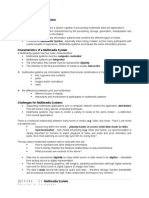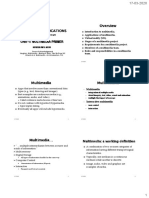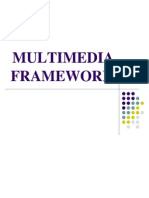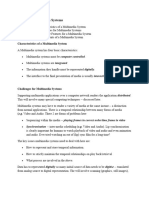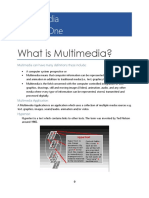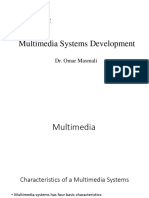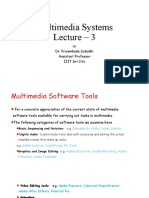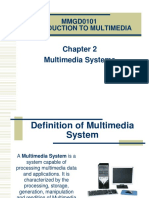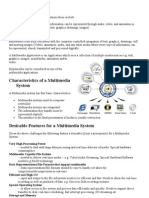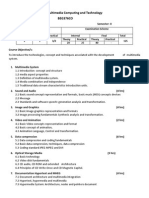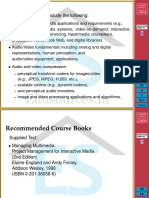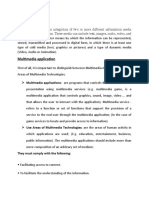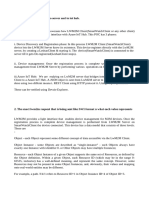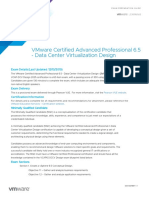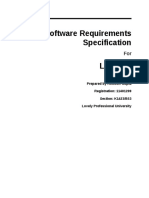0% found this document useful (0 votes)
31 views23 pagesChapter 8 (Computer Technology)
The document discusses the integration of analog and digital audio-video systems through various approaches, including hybrid systems that enhance quality and control. It outlines the components of multimedia workstations, emphasizing the importance of specialized processors and storage for efficient data handling. Additionally, it highlights the need for effective operating systems and bus systems to manage data transmission and processing in multimedia environments.
Uploaded by
Nikita DesaiCopyright
© © All Rights Reserved
We take content rights seriously. If you suspect this is your content, claim it here.
Available Formats
Download as PPT, PDF, TXT or read online on Scribd
0% found this document useful (0 votes)
31 views23 pagesChapter 8 (Computer Technology)
The document discusses the integration of analog and digital audio-video systems through various approaches, including hybrid systems that enhance quality and control. It outlines the components of multimedia workstations, emphasizing the importance of specialized processors and storage for efficient data handling. Additionally, it highlights the need for effective operating systems and bus systems to manage data transmission and processing in multimedia environments.
Uploaded by
Nikita DesaiCopyright
© © All Rights Reserved
We take content rights seriously. If you suspect this is your content, claim it here.
Available Formats
Download as PPT, PDF, TXT or read online on Scribd
/ 23

